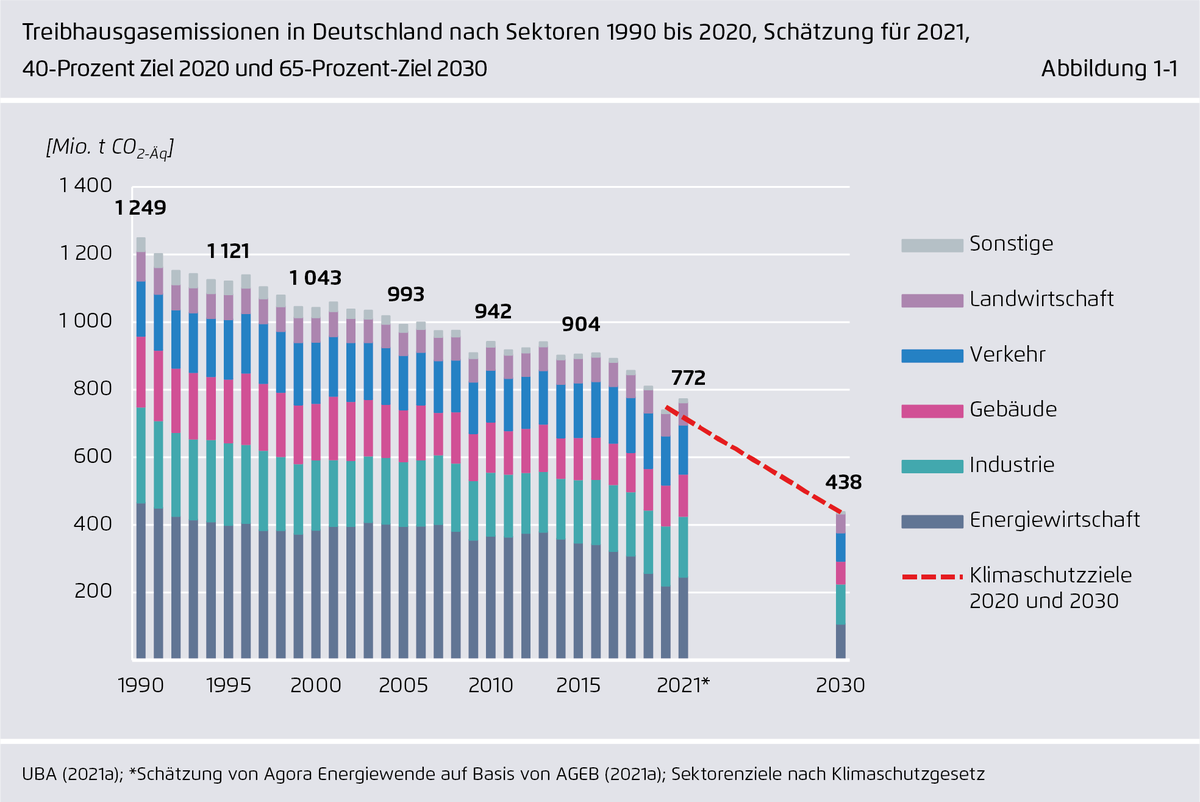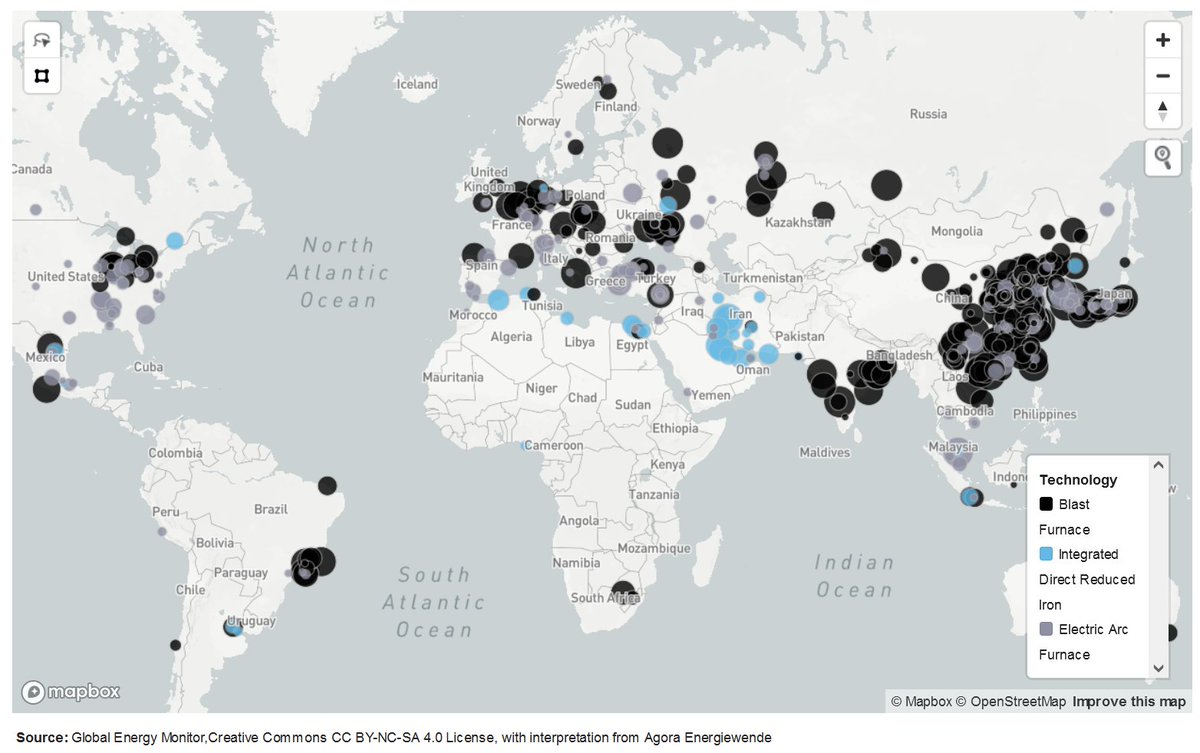
.@EU_Commission proposed a Carbon Border Adjustment Mechanism (#CBAM) as part of #Fitfor55. Aim: carbon leakage protection. Our Impulse shows how to tweak the proposal to create an effective CBAM & how #climateclubs & CBAM can work together to accelerate #industrytransition. 1/9 

1️⃣ With higher EU climate targets, free allocation of CO2 allowances in the EU ETS is not a sustainable solution to solve #carbonleakage problem. #CBAM is the most credible alternative to free allocation. 2/9
2️⃣ With right objectives, #climateclubs can complement an EU #CBAM - climate clubs cannot replace EU carbon leakage tools as vast differences in climate ambition and policy are likely to prevail among potential climate club members, not to mention non-club members. 3/9
3️⃣ #climateclubs can involve developed & developing countries equally in process of elaborating guiding principles for #industrialtransition. Process must be open to countries & follow WTO principles (fairness, openness to trade & non-discrimination of trading partners). 4/9
4️⃣ Gradual #CBAM deployment would: 1) accelerate industry decarbonization if accompanied by support 4 climate-neutral technologies 2) promote CO2 cost passthrough along value chain & incentivize transition to low-carbon materials & 3) raise important funds 4 financing #CCfDs. 5/9
5️⃣ Effective #CBAM must also protect exporters. Our proposal: 2 step-approach w/slower phase-in rate for auctioning before 2030 + prioritization of decarbonization support for abatement. Followed by risk review and possible targeted free allocation to exporters thereafter. 6/9
Our position: @EU_Commission proposal on #CBAM strikes an important balance: Up to 5 billion €/year could be raised via expanded innovation fund. The revenue would return to industry to support investment in key climate-neutral technologies. 7/9
#CBAM must be understood as part of a broader policy package for industry decarbonisation. For climate-neutral technologies to become viable in Europe, carbon-intensive industries that do not reduce their emissions must start to pay the full #carbonprice for emissions. 8/9
Want to learn more about #CBAM & #climateclubs in our impulse paper? Download the publication here 👉bit.ly/3Kurj0G 9/9
• • •
Missing some Tweet in this thread? You can try to
force a refresh




















